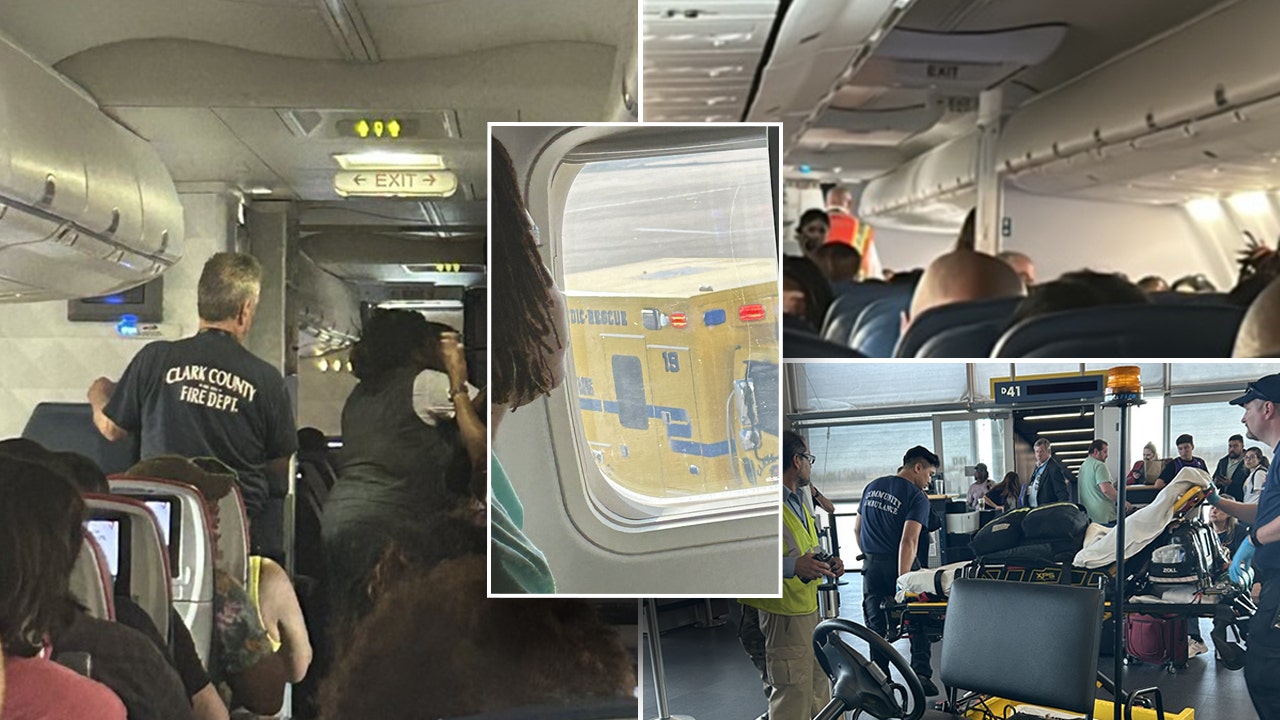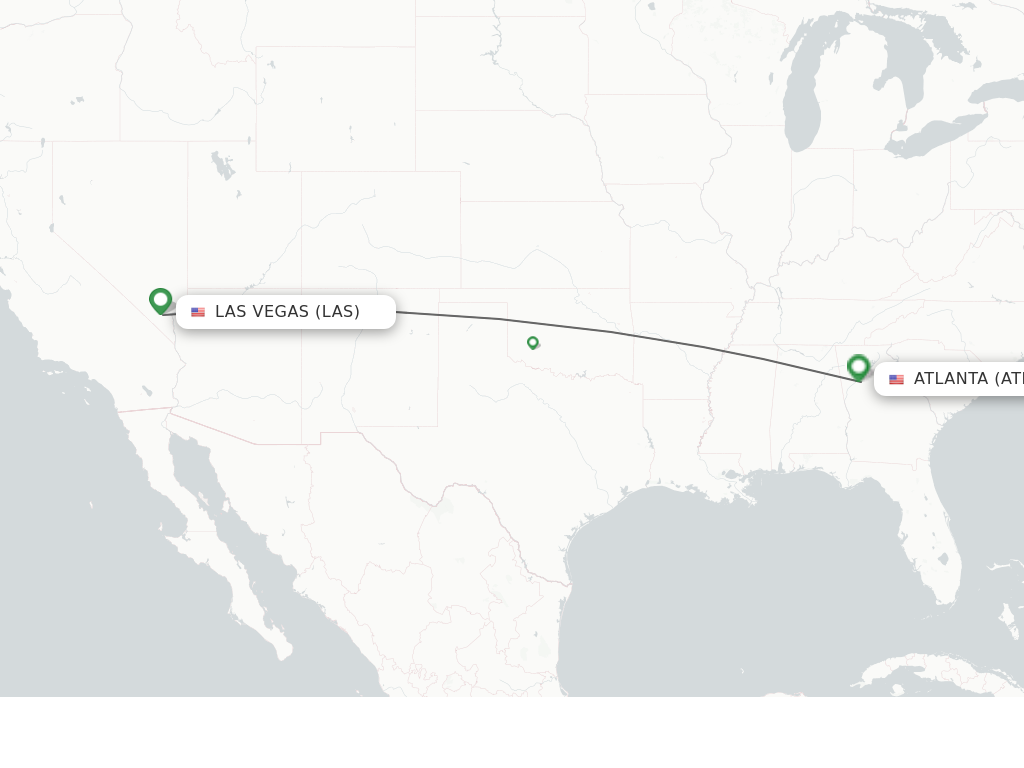Well, a couple of thoughts.
First, yeah, it could take days to rebook, because the subsequent flights are all completely filled. That’s the nature of current air travel - demand has exceeded capacity, that’s why fares have gone up, and that means that there are no open seats for the next couple of days.
Next, when it’s 110° outside, and you’ve got the body heat, yes, body heat, of a few hundred people on the airplane, the actual load in terms of BTU on the air conditioning is phenomenal. The air conditioning system, which is a set of compressors and heat exchangers, has to take the heat that is being added to the airplane from electronic systems, mechanical systems, the passengers themselves, and the sun itself that is baking the exterior metal of the aircraft, and reject all that heat into 115° air. It can get overwhelmed. It isn’t like a car, where you’re only trying to cool the interior, and a couple of people. You’ve got hundreds of people - and even a car on the tarmac, in the sun, with that outside air temperature is going to have the air conditioning system overwhelmed.
An external AC cart is simply overwhelmed, and the airplane can’t be kept cool by the external AC. Not even close.
I’ve been in Las Vegas when the temperature is over 110°F with the APU running, and both AC packs operating, and no people on board. The AC system could not get the airplane below about 90°F. There is simply too much thermal load from the sun itself hammering the airplane, and not enough temperature differential across the heat exchangers. And once the entire interior, and all of the structure of the aircraft, get up to that kind of temperature, the only way to really cool it off is to get the thing up to altitude and let it radiate/transfer all that heat into the cold air.
Some aircraft manufacturers, for example, Airbus, don’t even published takeoff performance data above 45°C. It’s simply too hot for the airplane to operate. In fact, when I was flying the airbus, A320, Airbus came out with a bulletin, and it said to leave the flaps at position one (slats extended) when parking at the gate in those kinds of temperatures. It turns out that the sun heating the leading edge of the wing would trigger a bleed air leak warning.
I cannot tell you what happened here, cause I don’t have enough detail. It clearly got hot on the Delta flight. If they were operating with one of the two air conditioning, compressors, known as packs, off, perhaps that’s why the heat, I don’t know. I will tell you that in that kind of temperature everything has to be working perfectly and it’s still gonna be 90° on the airplane until you get airborne.
The reason I know about the Airbus bulletin, is that one day, in Vegas, when it was 110° outside, we got the bleed leak warning on an Airbus. We declared an emergency and it took us 10 minutes to get back to the gate, which is quick. But, because the bleed leak procedure required us to shut down bleed air, which runs the AC compressors, we spent 10 minutes without AC on the tarmac it that day in Las Vegas, and the temperature inside the cabin went from 85 to 105 in that 10 minutes, there was nothing we could do, we taxied as quickly as we could.
Once we figured out that the warning was caused by the extreme heat on the leading edge of the wing, we repositioned the flaps, and ran the AC for two hours on the APU. Two hours of running the AC full blast in that heat, and we still couldn’t get the cabin below about 85° - 90. That was with an empty airplane. So, The captain went and spoke with the people in the gate area. Explained what was going on with the airplane told them what to expect for temperature.
So, we boarded to take off for Washington, Dulles, and with people on the temperature climbed quickly to 90, that’s with both engines running, and both AC packs running everything was working perfectly, but the temperature load was simply so high that the airplane could not cool below 90°.
People were complaining, and I get it. Our choice was to go back to the gate and cancel the flight or to put up with 90°+ temperatures for about 20 minutes and get going on our way to Dulles.
All the complaining in the world isn’t going to change the basic thermodynamics, you have to have a temperature differential across the heat exchanger in order to reject a certain amount of heat. So, as the outside air temperature continues to climb, and the actual temperature on the ramp can be up over 120°, hotter than the outside air temp, because of other airplanes, their exhaust, the heating of the surface, etc. there is not enough temperature differential across the heat exchangers to move the BTUs out of the airplane.

 www.foxbusiness.com
www.foxbusiness.com


